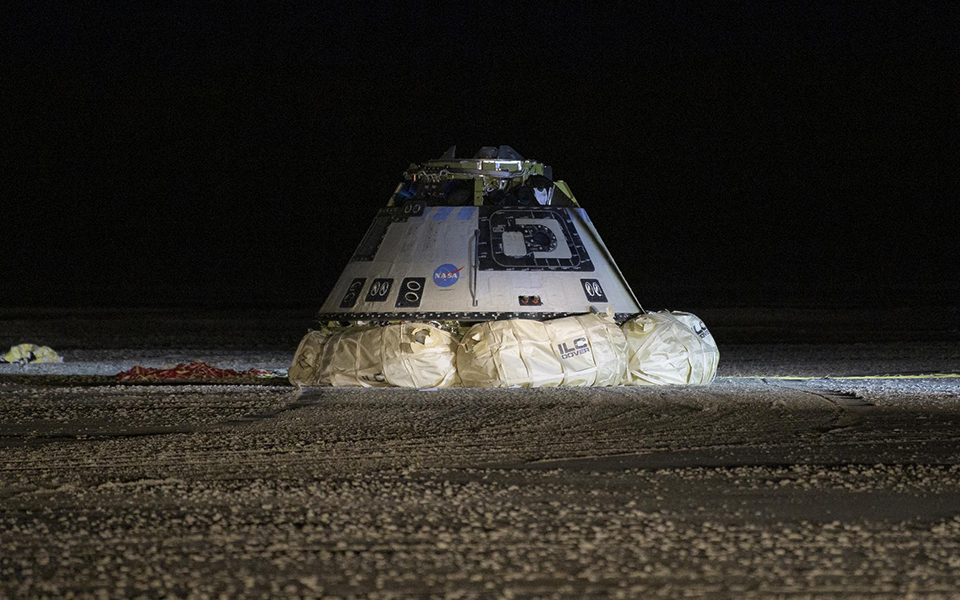
Exciting Updates in Space Exploration
Boeing Starliner: Delays and Progress
The Boeing Starliner Has A New Problem! The Boeing Starliner spacecraft, known for its delays, has faced another one. Originally set to return from the ISS on June 13th, the new return date is now June 26th. Issues with the thrusters and helium gas leakage have contributed to this delay. Despite these problems, Boeing engineers managed to get the thrusters back online, ensuring the spacecraft could complete its mission. NASA and Boeing are taking extra time to analyze data and ensure a safe return for the astronauts.
Mars Sample Return Mission: New Plans Needed
NASA’s Mars Sample Return Mission is back on the drawing board. The mission aims to bring back Martian soil collected by the Perseverance Rover, which could hold clues to past life on Mars. However, a lack of funding has forced NASA to seek new, cost-effective solutions from the private sector. Several companies, including SpaceX and Blue Origin, are working on proposals to make this mission possible.
Voyager 1: Still Going Strong
Voyager 1, a spacecraft launched nearly 50 years ago, is back online and sending data again. A team of engineers fixed a computer malfunction caused by a corrupted memory chip. Now, Voyager 1 continues to measure plasma waves, magnetic fields, and particles in interstellar space. There is hope that Voyager 1 will keep functioning until at least 2027, with the possibility of reaching 200 astronomical units from Earth by 2035.
Stoke Space: A Breakthrough in Rocket Technology
Stoke Space, a startup company, has made a significant breakthrough with its new rocket engine. The Nova engine uses a full-flow staged combustion design, which is more efficient and longer-lasting. The recent test of the Nova engine was successful, marking a major milestone for the company. Stoke Space aims to start orbital test flights by 2025, potentially revolutionizing space access with reusable launch technology.
Stay Updated with Space News
Exciting times lie ahead in space exploration. To keep up with all the latest developments, sign up in our weekly newsletter. Get all the important space news delivered to you in an easy-to-read format each week.
Latest Blogs
FAQs about The Boeing Starliner Has A New Problem!
-
What is the Boeing Starliner?
The Boeing Starliner is a spacecraft designed to transport astronauts to and from the International Space Station (ISS). It has faced several delays and issues, particularly with its thrusters and helium leaks.
-
Why has the Starliner return been delayed?
The return of Starliner has been delayed multiple times due to various issues, including helium leaks and thruster malfunctions. NASA and Boeing have pushed the return date to June 25th to ensure all problems are resolved and the spacecraft is safe for re-entry.
-
What issues has Starliner faced during its mission?
Starliner encountered several problems, including:
Helium leaks, were detected five times during the mission.
Thruster malfunctions, where five of the 28 thrusters had issues.
Delays caused by these technical problems. -
Who are the astronauts aboard the Starliner?
NASA astronauts Butch Wilmore and Sunny Williams are the crew members aboard the Starliner for this mission.
-
How long can Starliner stay docked to the ISS?
Starliner can remain docked to the ISS for up to 45 days in its current state.
-
Why is the Falcon Heavy launch important?
This launch is significant as it marks the Falcon Heavy’s first mission of 2024 and its 10th overall. It also highlights SpaceX’s ability to compete and win contracts against other aerospace companies.
-
What is the GOES-U satellite?
GOES-U is a weather satellite operated by NOAA, which will monitor weather conditions, natural disasters, and hurricanes. It will replace the GOES-16 satellite and provide crucial data for meteorologists.
-
What are the future plans for Falcon Heavy?
Upcoming missions for Falcon Heavy include NASA’s Europa Clipper in October and the Griffin Lander to the moon in November. These missions emphasize Falcon Heavy’s importance in space exploration.


